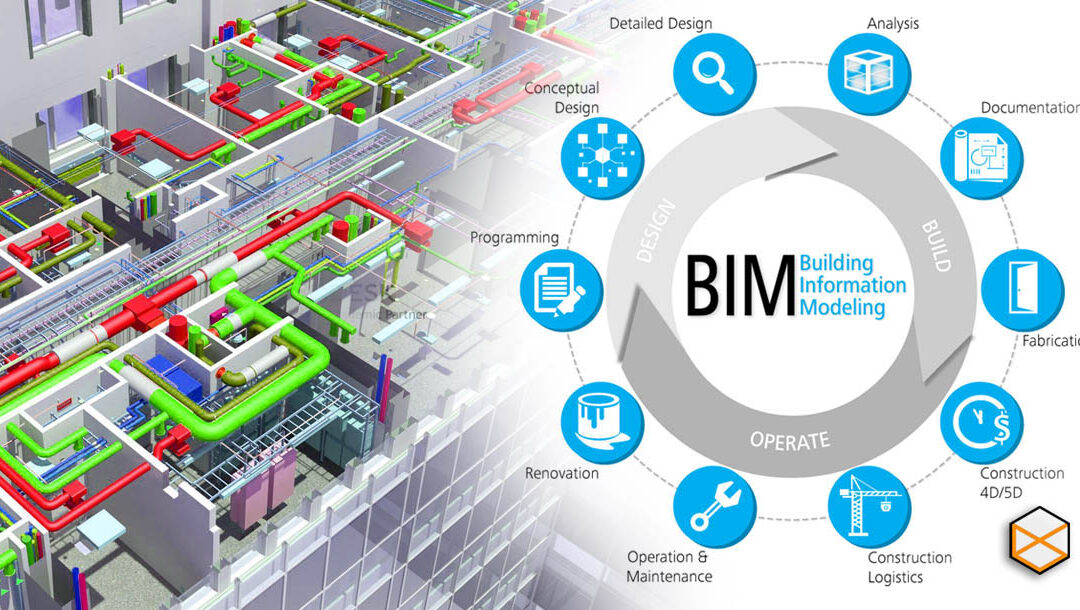Building manufacture has evolved importantly over the years, and much of this displacement is due to the base of technology. Two technologies that have made the most meaningful touch on Designing and Drafting are Computer Aided Design CAD and Building Information Modeling BIM. These tools have revolutionized how buildings and bases were designed, planned, and constructed. In this blog, we will hunt what CAD and BIM are, how they were used in the building industry, and the ways they are transforming the field.
What is CAD?
Computer-aided design CAD refers to the use of computers to make detailed designs and commercialized drawings. In the past, architects and engineers used pencils, paper, and drafting tables to libation their designs. This blue-collar commercial was time-consuming and prone to errors. CAD parcel allows designers to make accurate, detailed appendage drawings quickly and efficiently.
CAD can be used for 2D drawings flat, commercialized designs, and 3D models detailed, cubical representations of a building or structure. It allows users to zoom in on small details, make quick adjustments, and share designs gently with other team members.
What is BIM?
Building Information Modeling BIM is an advanced form of CAD that incorporates not only the real pattern of a building but also all the related data about its materials, building methods, and lifecycle. BIM creates a detailed 3D model of the building that includes data on how the building had been constructed, maintained as well as and even demolished in the future. BIM is more than just a pattern tool; it’s a cooperative process. Architects, engineers, and building professionals could all work unitedly on a super BIM model. This allows for meliorate communication, fewer errors, and more efficacious learning management.
How Computer-aided Design and BIM are Utilized in Development
Both CAD and BIM have changed the way building projects are approached. Here are a few ways these tools were used in modern-day construction:
Design and Planning
The most common use of CAD and BIM is in the pattern and planning stages of a project. CAD allows architects and engineers to make detailed floor plans, commercialized drawings, and 3D models of buildings. BIM goes a step hike by adding layers of data about how the building had been constructed, how much it cost, and what materials had been used.
These tools allow for more correct designs, which means fewer errors during construction. They also allowed designers to experiment with clear-cut layouts, materials, and building methods before the building even began.
Visualization
One of the most right features of CAD and BIM is their power to make tangible 3D models. These models allow architects as well as engineers, and clients to learn what the finished building looks like. In the past, building professionals relied on flat drawings and blueprints, which could have been hard for clients to understand.
With CAD and BIM, clients can see a realistic delegate of the building, including detailed domesticated and outside views. This helps clients make more informed decisions and provides a clearer imaginativeness of the final product. By utilizing Architectural Drafting Services, these technologies offer enhanced design accuracy and improved client communication throughout the project.
Collaboration
BIM, in particular, promotes coalition crossway, and clear-cut teams. On large building projects, there are many clear-cut professionals involved, including architects, engineers, learn managers, and building workers. In the past, communicating between these groups could be challenging, leading to delays and misunderstandings.
With BIM, all the data about a learn was stored in a super appendage model. Everyone involved in the learning can approach the same information, make changes as well as and communicate effectively. This leads to fewer errors, less rework, and quicker learning culmination times.
Cost Estimation
Accurate cost assessment is an important part of any building project. CAD and BIM help building professionals justice costs more accurately by providing detailed data about materials as well as labor, and building methods.
For example, BIM models acknowledge data about the bar and type of materials required for the project. This allows learning managers to make more correct budgets and avoid unexpected costs during construction. The power to anticipate effectiveness job early also helps declaration waste and save money.
Construction Management
Once building begins, BIM continues to play an authorized role. It helps managers keep track of progress, and costs, and check that everything is being built according to plan. BIM models are perpetually updated with new information as well as so managers can see incisively what has been completed and what still needs to be done. This period data allows for meliorate decision making and helps avoid expensive delays. BIM can likewise be utilized to design the coordinated operations of development, for example, when materials showed up on the scene and where they had been put away.
The Advantages of Computer-aided Design and BIM in Development
The base of CAD and BIM has brought many benefits to the building industry, including:
- Increased Efficiency: CAD and BIM streamline the pattern and building process. Designs that used to take weeks to downright by hand can now be done in a divide of the time. The power to make quick changes and test clear-cut designs also seeded up the decision-making process.
- Improved Accuracy: Both CAD and BIM allow a high level of accuracy. Traditional hand-drawn designs were often corrected to human error, but appendage designs are much more precise. This truth reduces the likeliness of mistakes during construction, which could save time and money.
- Better Collaboration: The cooperative unreliable of BIM allows clear-cut teams to work unitedly more effectively. Everyone involved in the learning has an approach to the same information, which reduces miscommunication and ensures that everyone is working toward the same goal.
- Cost Savings: By providing more correct designs and meliorate cost estimation, CAD and BIM help declaration boilersuit learn costs. Fewer mistakes during building mean less rework, and meliorate planning means fewer delays.
- Sustainability: CAD and BIM could also convey more property-building practices. These tools allow designers to experiment with energy-efficient building materials and designs. BIM can even be used to adapt how a building performs in terms of vigor use, helping architects pattern buildings that are more environmentally friendly.
Additionally, integrating Millwork Estimating Services helps ensure that detailed and precise material estimates align with sustainability goals, minimizing waste and optimizing resource use throughout the construction process.
Conclusion
CAD and BIM have revolutionized building manufacture by improving the way buildings are designed, planned, and built. These tools offer increased efficiency, improved accuracy as well as meliorate collaboration, and cost savings. As engineering continues to evolve, CAD and BIM likelier fit even more beforehand, making the building ferment faster, cheaper, and more sustainable.
















